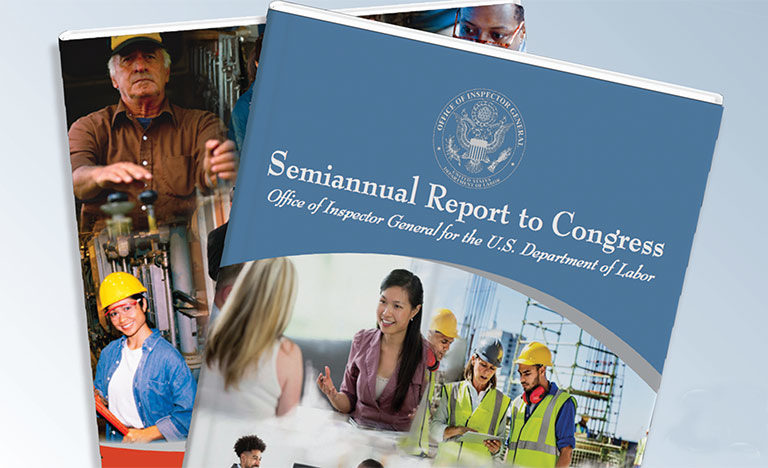OIG report: Underreporting of injuries remains obstacle for OSHA, MSHA

Washington — OSHA’s efforts to require employers to report occupational fatalities and certain injuries in a timely manner lack “sufficient guidance on how to detect and prevent underreporting,” the Department of Labor Office of Inspector General states in its semiannual report to Congress. OIG also points out inconsistencies in agency citations for late reporting.
The report, released Nov. 30, contains many of the same recommendations included in another OIG report – also issued in November – on DOL’s top management and performance challenges.
“OSHA must strive to target the most egregious and persistent violators and protect the most vulnerable worker populations,” the semiannual report states. “For this targeting to be effective, OSHA needs to address issues related to the underreporting of injuries by employers.”
OIG also is concerned about the agency’s ability to measure the impact of its policies and programs, as well as those of the 28 OSHA-approved State Plans, and notes that some employers are not correcting cited hazards.
OSHA changed its regulations in 2015 to require employers to report fatalities and specified injuries within certain time periods. The agency has issued at least 400 citations semiannually for late reporting or failure to report since the beginning of December 2015, according to an OIG audit.
“We determined OSHA did not have controls in place to ensure that it had complete information on the number of work-related fatalities and severe injuries,” OIG states in the report. “In fact, during the course of our review, OSHA’s former assistant secretary estimated that perhaps 50 percent or more of severe injuries had gone unreported.”
Among OIG’s concerns for the Mine Safety and Health Administration is that the agency “lacks a consistent approach to logging, assessing and responding to complaints of hazardous mine conditions.” The report also notes an underreporting of injuries and illnesses in mining.
OIG states that MSHA hasn’t provided sufficient oversight to coal mine operators’ emergency response plans, and that it needs a course of action for the increasing occurrence of coal workers’ pneumoconiosis – also known as black lung – in Appalachian coal-mining states.
In its legislative recommendations, OIG once again calls on Congress to clarify MSHA’s authority to order the closure of mines, specifically the language in Section 103 of the Mine Safety and Health Act.
Post a comment to this article
Safety+Health welcomes comments that promote respectful dialogue. Please stay on topic. Comments that contain personal attacks, profanity or abusive language – or those aggressively promoting products or services – will be removed. We reserve the right to determine which comments violate our comment policy. (Anonymous comments are welcome; merely skip the “name” field in the comment box. An email address is required but will not be included with your comment.)

